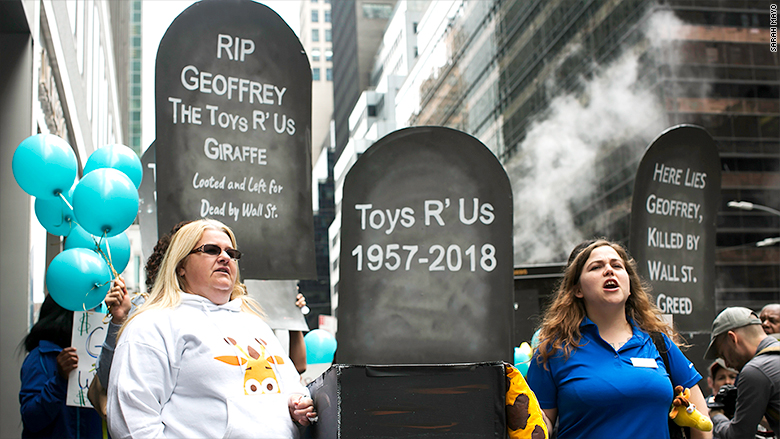 Climate crisis denial has become an article of faith for rightwing politicians, including the current occupation of the Oval Office, but the primary culprits are the fossil fuel corporations that for decades covered up and obfuscated the truth about greenhouse gases. Now one of those corporations may finally pay a steep penalty for its decades of deception.
Climate crisis denial has become an article of faith for rightwing politicians, including the current occupation of the Oval Office, but the primary culprits are the fossil fuel corporations that for decades covered up and obfuscated the truth about greenhouse gases. Now one of those corporations may finally pay a steep penalty for its decades of deception.
After a three-year investigation, the Office of the Attorney General of New York State has filed a sweeping lawsuit against Exxon Mobil for defrauding investors about its accounting practices relating to the risks of climate change.
There’s an irony about the terms of the lawsuit. Exxon is not being sued for its contribution to global warming nor its attempts to downplay the severity of the problem. Instead, its alleged offense was to mislead investors into thinking that it was factoring in the likelihood of increasingly stringent regulation of emissions for its business planning and investment decisions. Instead, as AG Barbara Underwood (photo) stated, “Exxon built a facade to deceive investors into believing that the company was managing the risks of climate change regulation to its business when, in fact, it was intentionally and systematically underestimating or ignoring them, contrary to its public representations.”
In other words, the lawsuit is accusing the company of failing to account for potential liabilities such as exactly the kind of litigation being brought. Shareholders probably benefited from Exxon’s past deception, but the suit is arguing that the company did not prepare them for the emerging new reality.
Underwood alleges that Exxon essentially kept two sets of books when accounting for the impact of climate change – one for public consumption that included a proxy cost for carbon and another for internal purposes that greatly reduced that expected cost or eliminated it entirely.
Exxon is still engaged in duplicity. On the one hand, it has been trying to present itself in recent times as a corporate champion of climate responsibility through steps such as funding a carbon tax initiative. Yet its response to the Underwood lawsuit was classic Exxon. A spokesperson said the lawsuit contained “baseless allegations” that are “a product of closed-door lobbying by special interests, political opportunism and the attorney general’s inability to admit that a three-year investigation has uncovered no wrongdoing.”
What Exxon is conveniently ignoring is that the lawsuit was the culmination not only of the AG’s investigation but also detailed research into Exxon’s history of climate denial by the Exxpose Exxon Campaign, Inside Climate News and Harvard University researchers Naomi Oreskes and Geoffrey Supran. The latter included a close analysis of nearly 200 company statements dating back to 1977.
Exxon’s track record of downplaying hazards matches that of Big Tobacco and the asbestos industry. Legal liabilities pushed most of the asbestos industry into bankruptcy and disintegration, while the cigarette giants remained prosperous even after paying out billions in settlements. It remains to be seen which fate awaits Exxon and the rest of the fossil fuel industry.
 The bankruptcy filing, store closings and general uncertainty surrounding the future of Sears have prompted a spate of nostalgic business-page articles about the history of the once dominant retailer. Whether or not the chain survives, it is important not to sugarcoat its past.
The bankruptcy filing, store closings and general uncertainty surrounding the future of Sears have prompted a spate of nostalgic business-page articles about the history of the once dominant retailer. Whether or not the chain survives, it is important not to sugarcoat its past. The rich own a large and growing share of the wealth in the U.S. economy, but more than $20 trillion in assets is held by financial entities that represent a much broader portion of the population: pension funds. According to a
The rich own a large and growing share of the wealth in the U.S. economy, but more than $20 trillion in assets is held by financial entities that represent a much broader portion of the population: pension funds. According to a  Many steelworkers thought they had hit the jackpot. Back in March, Donald Trump announced steep tariffs on metals imported from most of the world, and three months later he added close allies such as Canada and Mexico to the list. As with many of his other economic policies, Trump claimed that the move was designed to benefit U.S. workers, a few of whom were brought to the White House with their hardhats to serve as props when the measure was first announced.
Many steelworkers thought they had hit the jackpot. Back in March, Donald Trump announced steep tariffs on metals imported from most of the world, and three months later he added close allies such as Canada and Mexico to the list. As with many of his other economic policies, Trump claimed that the move was designed to benefit U.S. workers, a few of whom were brought to the White House with their hardhats to serve as props when the measure was first announced.